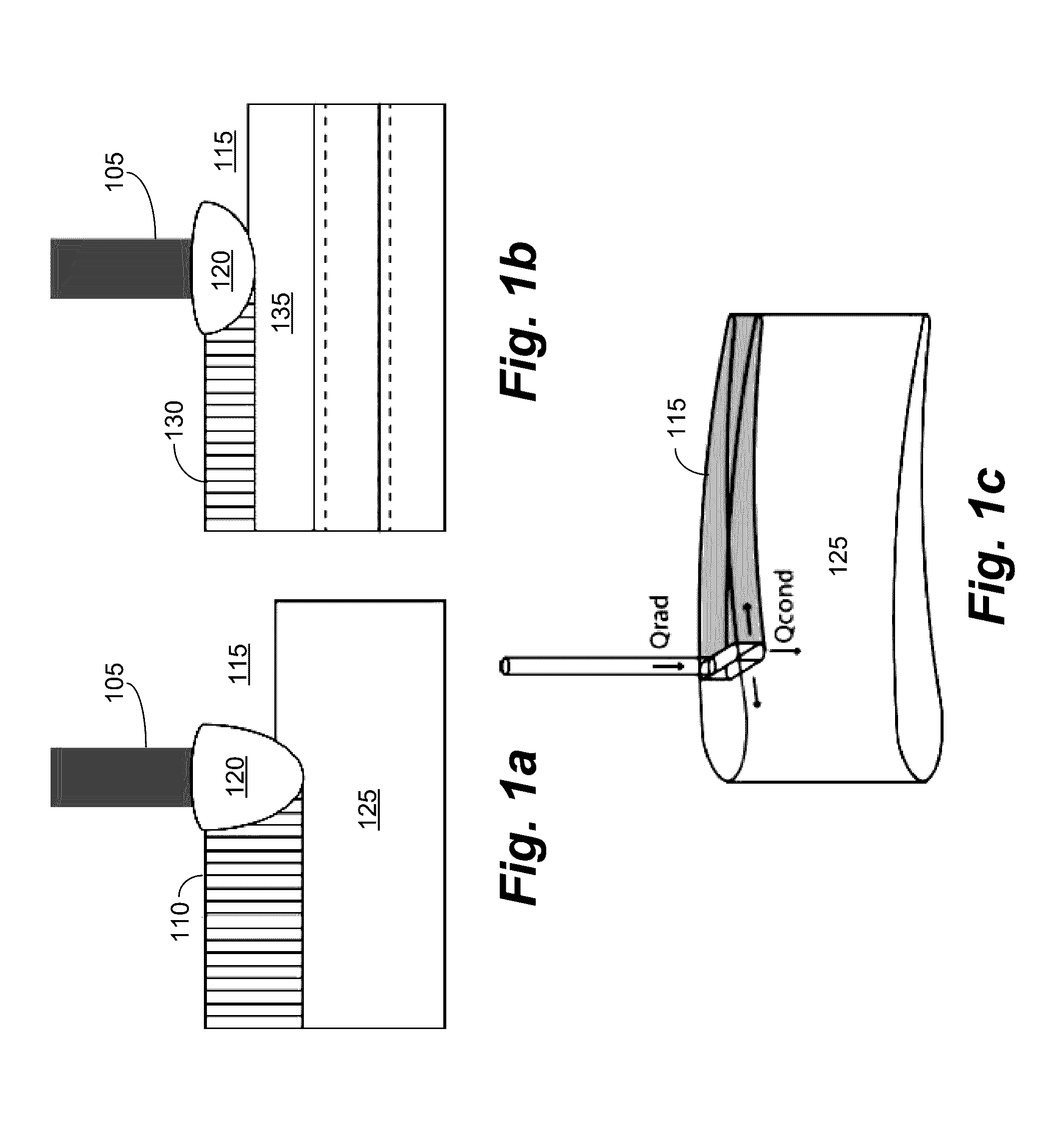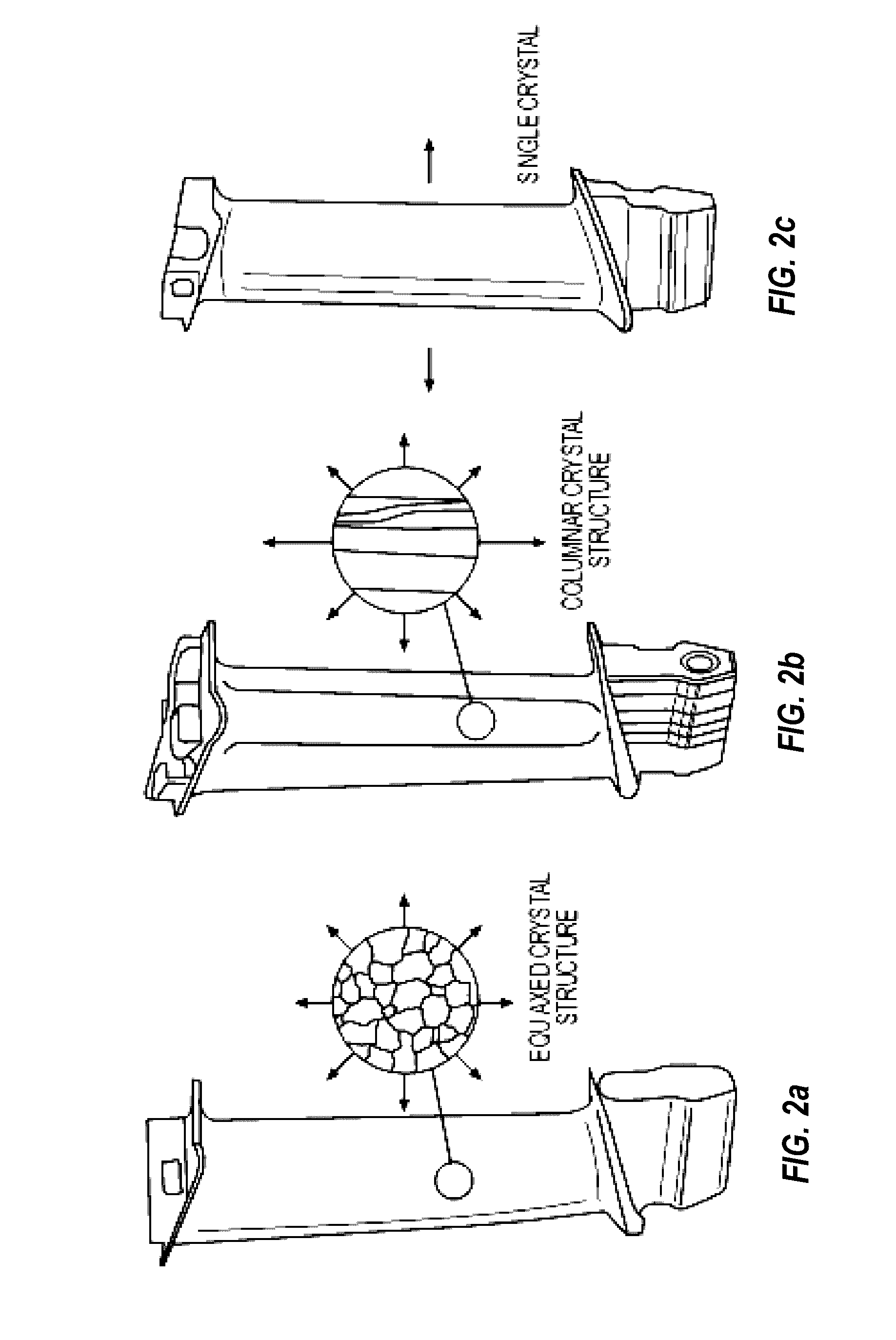Systems and methods for additive manufacturing and repair of metal components
a technology of metal components and additive manufacturing, applied in the field of systems and methods for additive manufacturing and metal component repair, can solve problems such as creating previously unattainable single crystals
- Summary
- Abstract
- Description
- Claims
- Application Information
AI Technical Summary
Benefits of technology
Problems solved by technology
Method used
Image
Examples
example
[0334]The Canny edge detection algorithm was run on several trial processing applications and found to have a computation time on the order of 100-150 ms for a 640×480 pixel thermal image on a modern Intel Core2Duo CPU. This computation time lowered the usable rate of the thermal imaging camera from 50-60 FPS to approximately 30 FPS. Although the thermal imaging camera would typically be used at a limited rate of 30 FPS in the real-time control algorithms, the Canny edge detection algorithm used relatively large amounts of CPU resources and limited the available computational power that could be used in the real-time controller itself. In some embodiments, therefore, due to these constraints, a more efficient blob detection algorithm can be used, as described below.
[0335]Connected Contour Labeling Algorithm
[0336]A second blob detection algorithm operated in linear time and was based upon the work of Chang, Chen, and Lu and Liñán.1 The algorithm operates by sending scan lines or rays...
PUM
| Property | Measurement | Unit |
|---|---|---|
| temperature | aaaaa | aaaaa |
| temperature | aaaaa | aaaaa |
| frequency | aaaaa | aaaaa |
Abstract
Description
Claims
Application Information
 Login to View More
Login to View More - R&D
- Intellectual Property
- Life Sciences
- Materials
- Tech Scout
- Unparalleled Data Quality
- Higher Quality Content
- 60% Fewer Hallucinations
Browse by: Latest US Patents, China's latest patents, Technical Efficacy Thesaurus, Application Domain, Technology Topic, Popular Technical Reports.
© 2025 PatSnap. All rights reserved.Legal|Privacy policy|Modern Slavery Act Transparency Statement|Sitemap|About US| Contact US: help@patsnap.com



